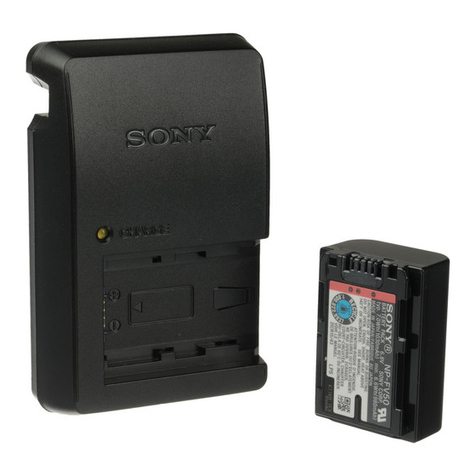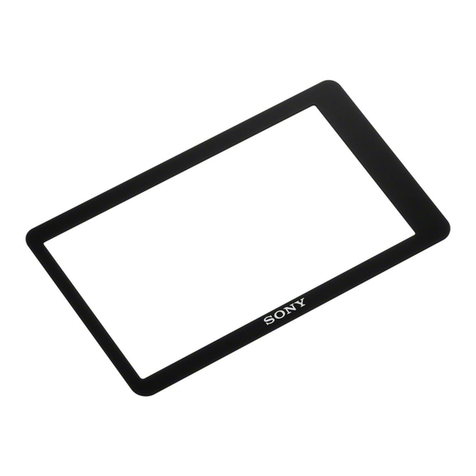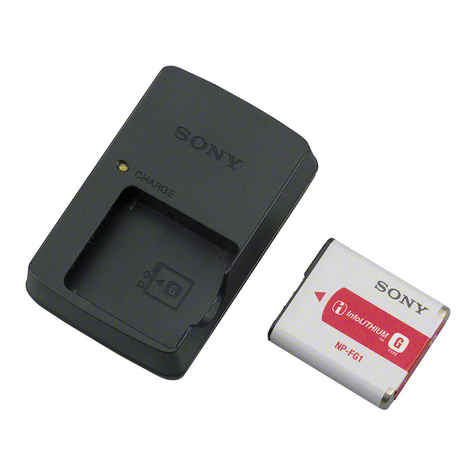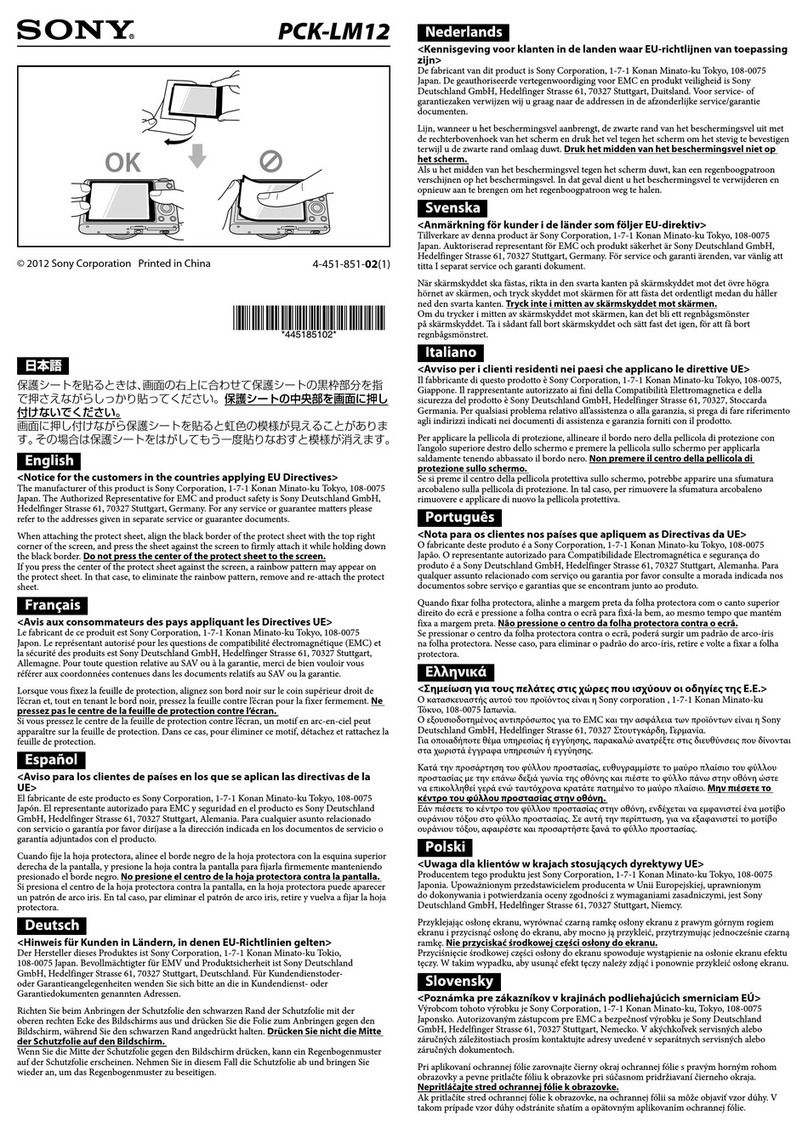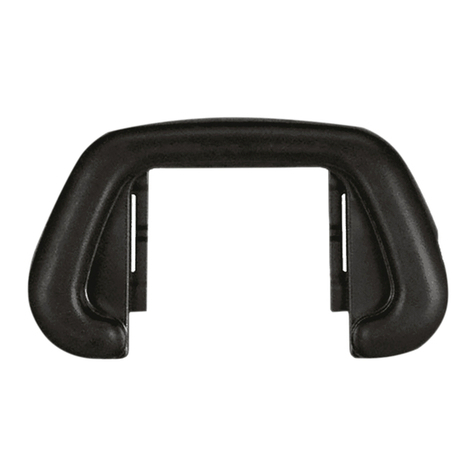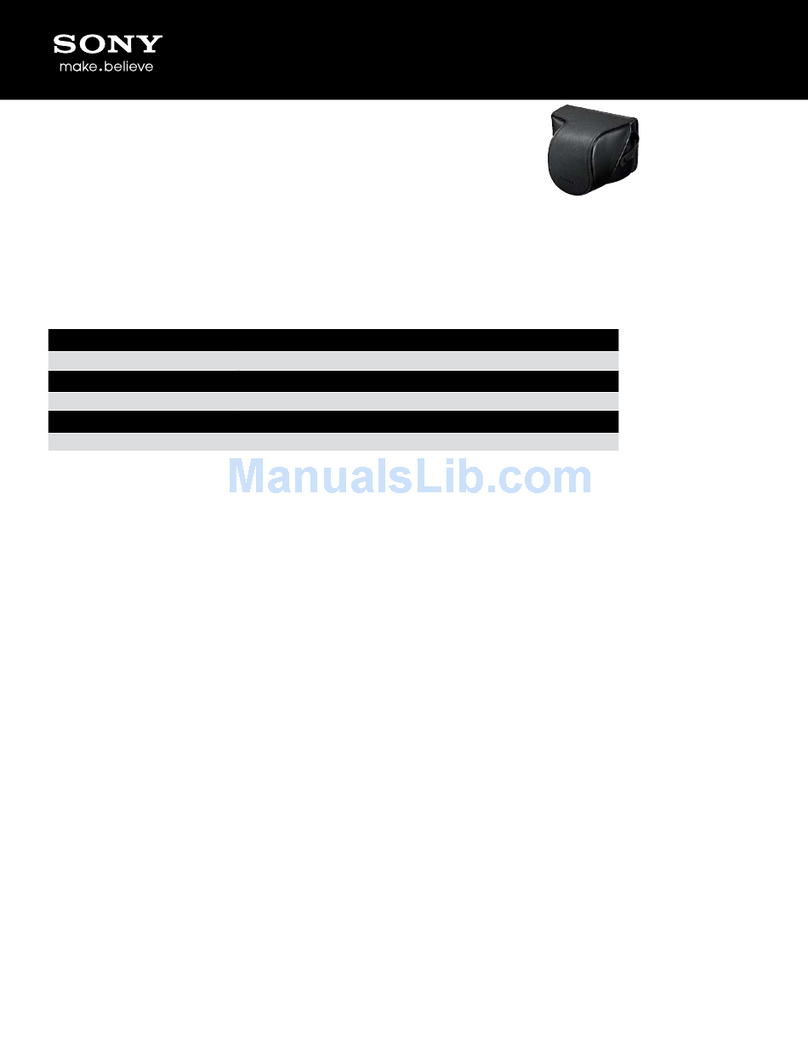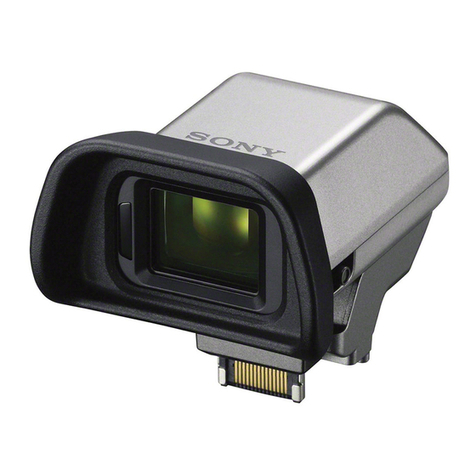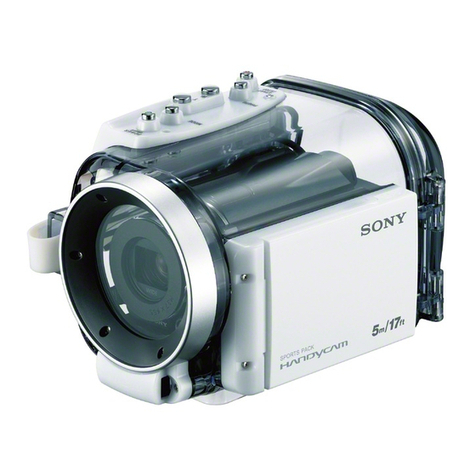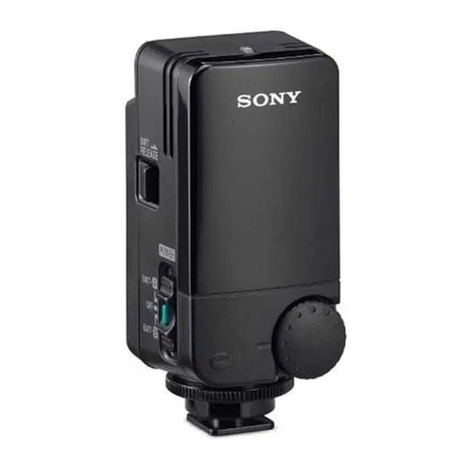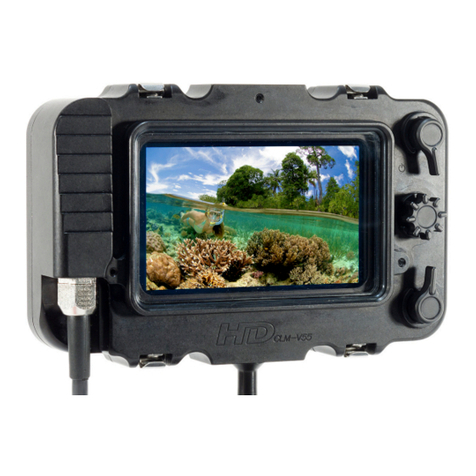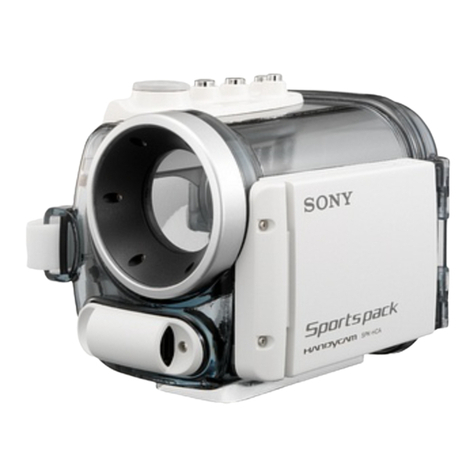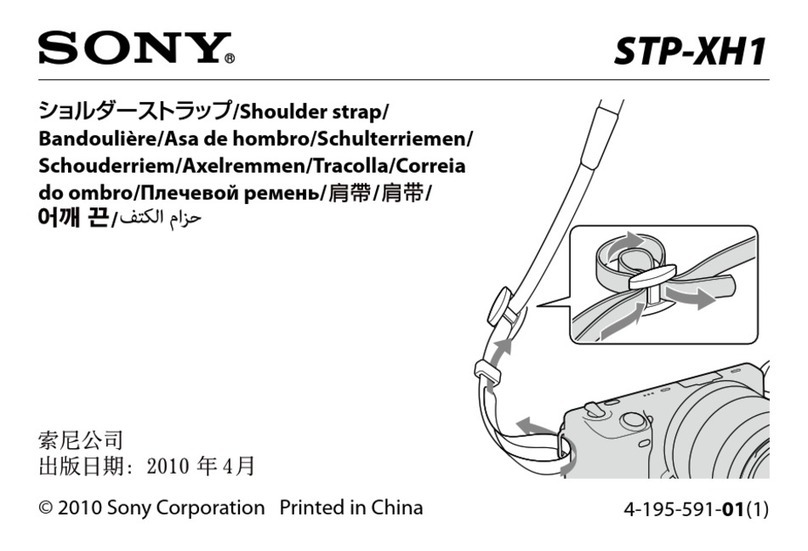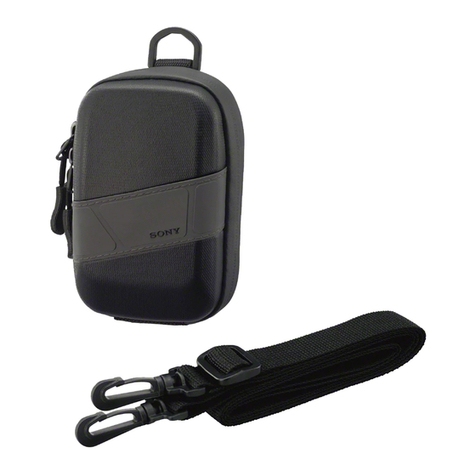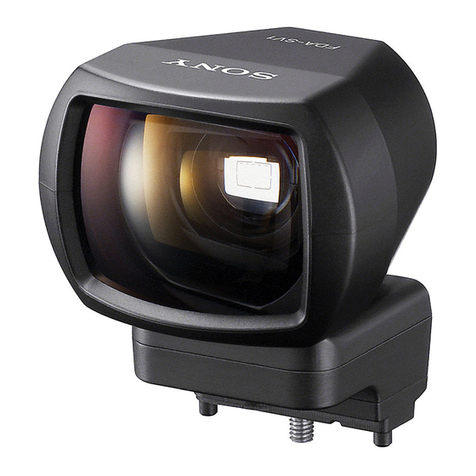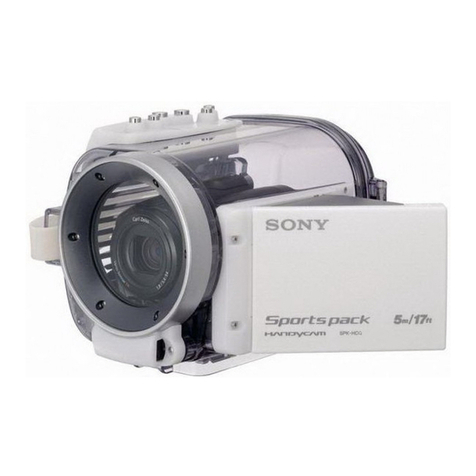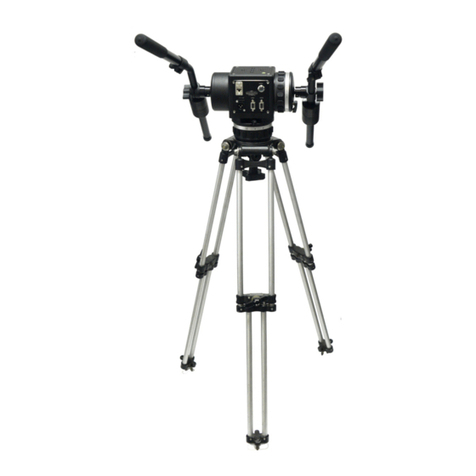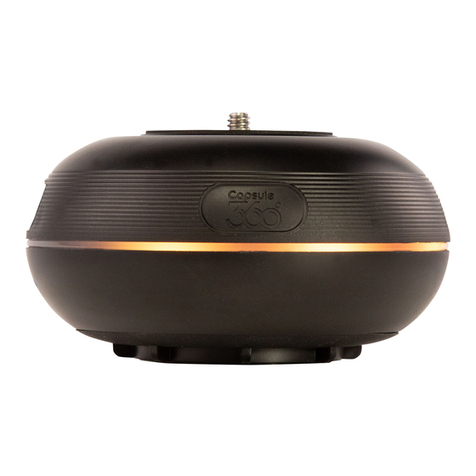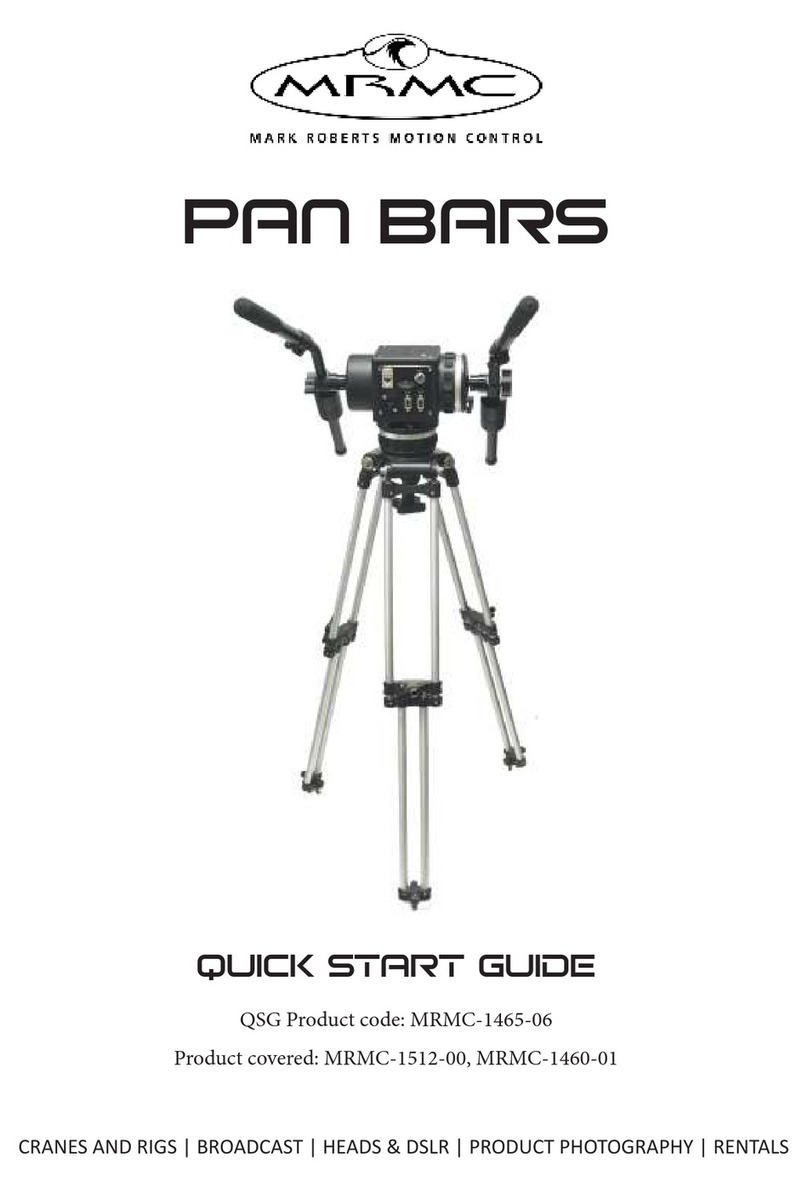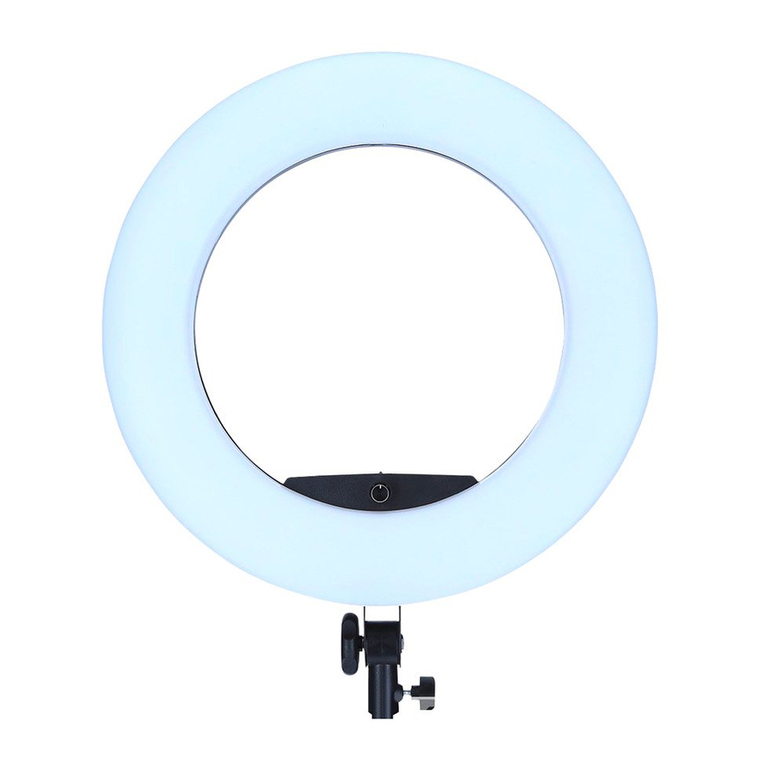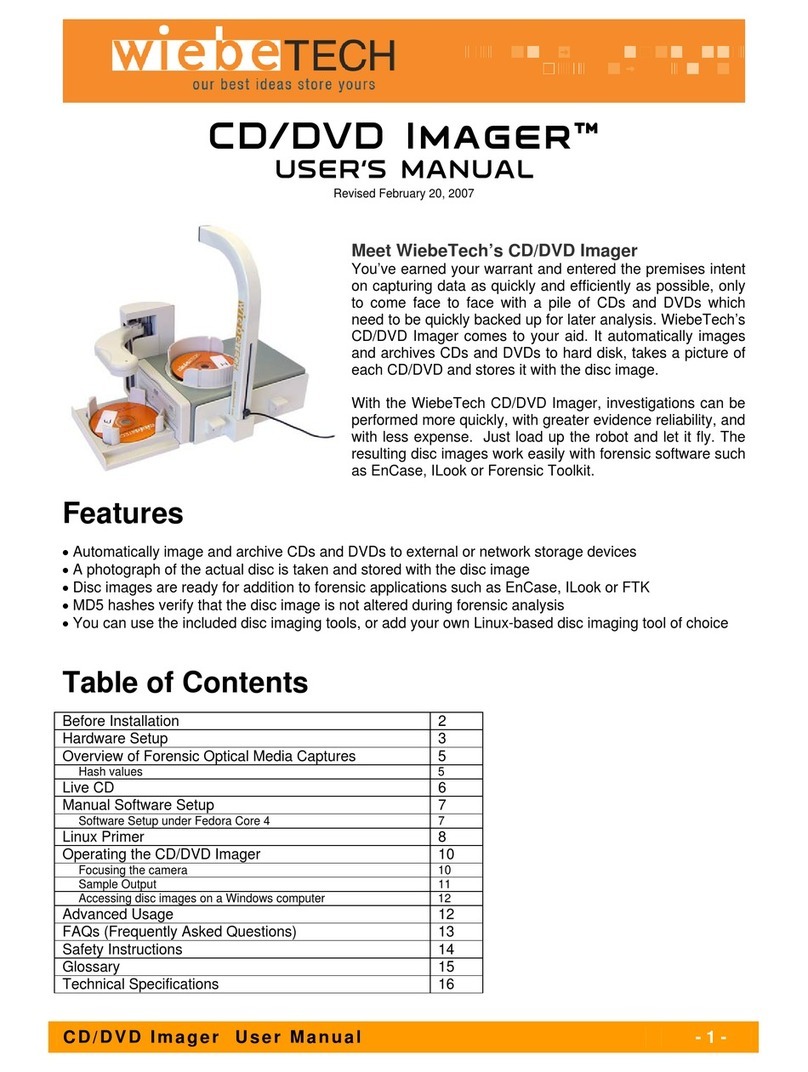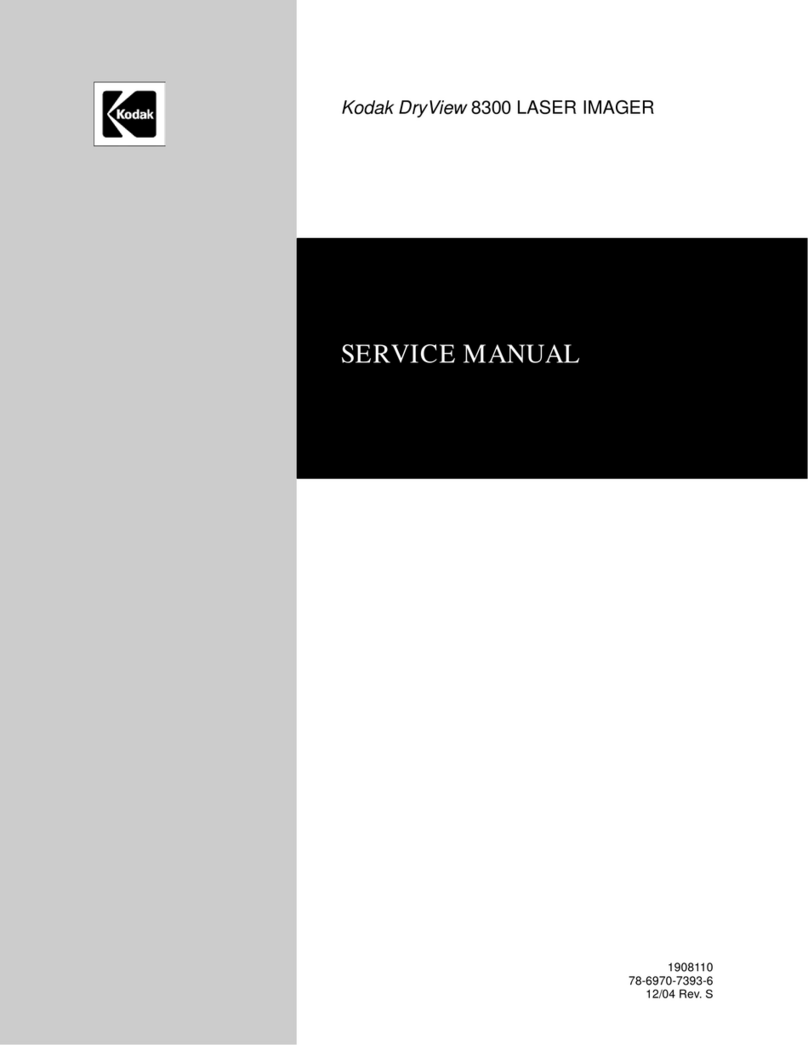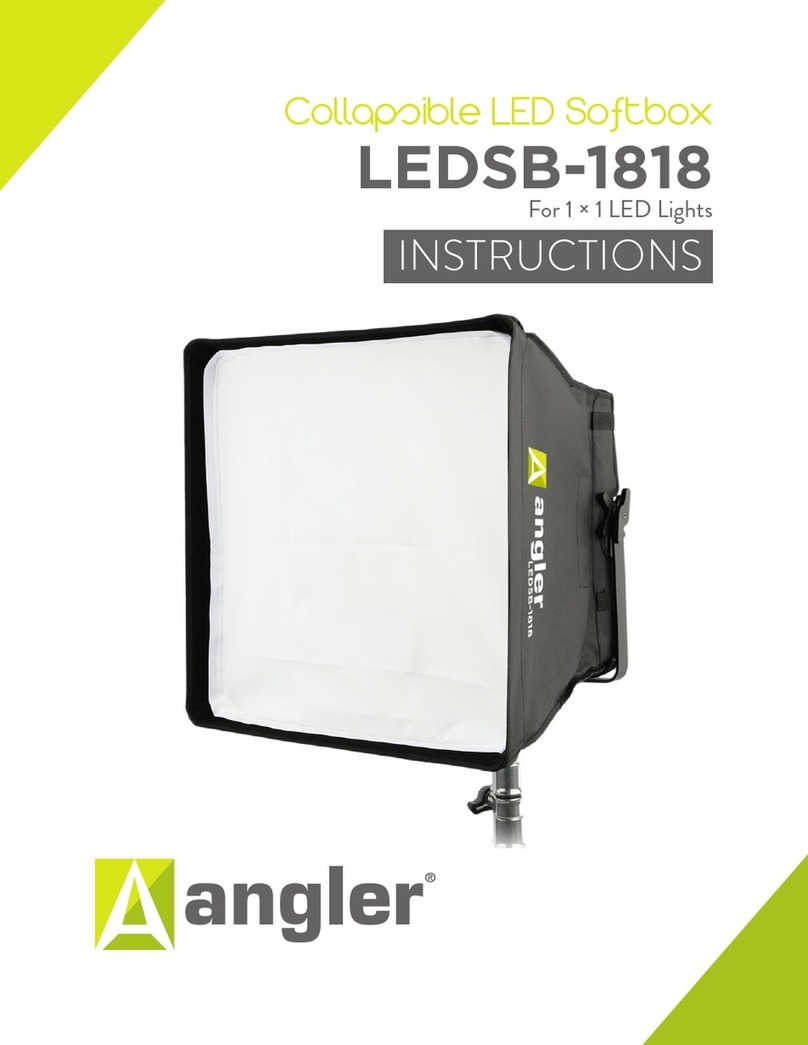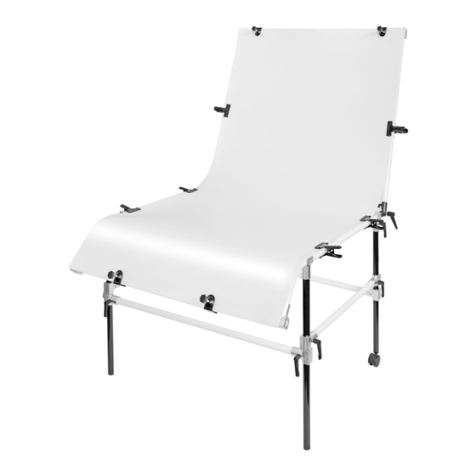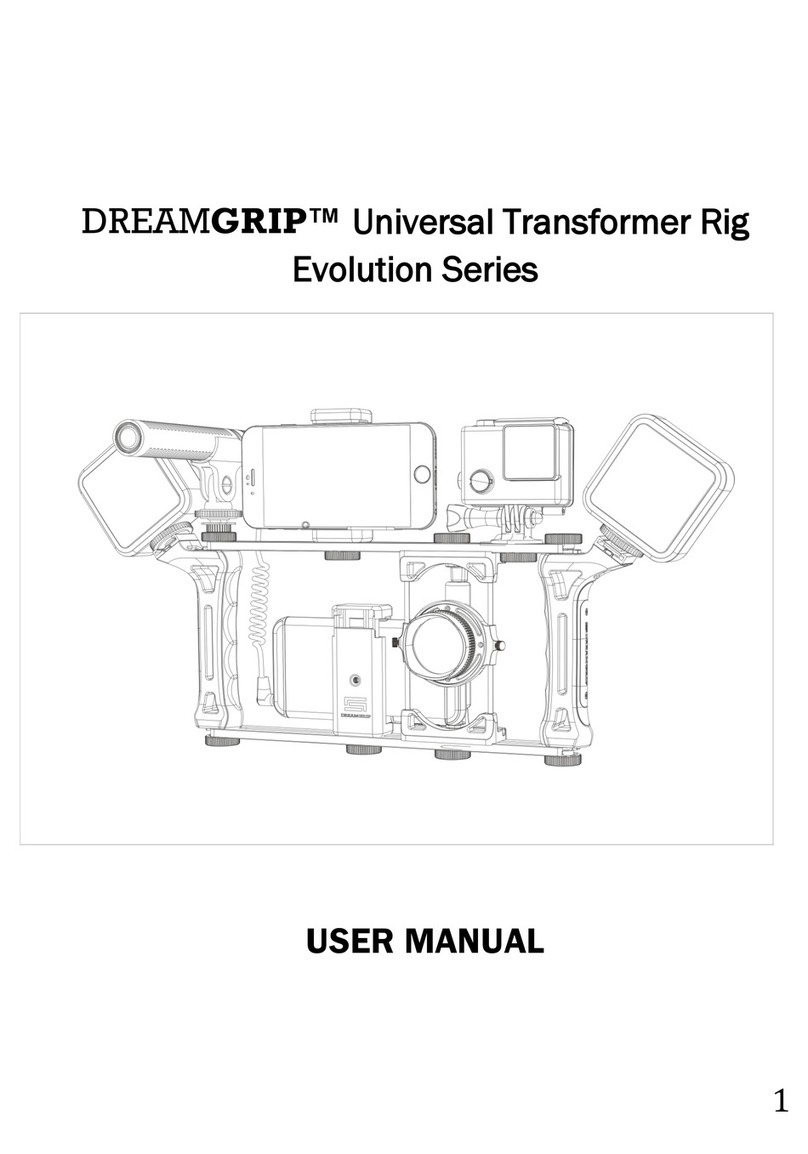
8
Accelerating the identification of, and focus on,
strategic businesses and shifting management
resources from mature to strategic product
categories
Please outline Sony’s plans to tighten its focus on
strategic businesses, one of the themes of the
structural reform program.
Naturally, improving earnings in the Electronics
segment, which accounts for more than 60% of
Group sales, is a central element of our profit–
structure reform measures. In our consumer elec-
tronics business, product life cycles have become
much shorter due to the increasing speed of tech-
nological progress. To focus on strategic busi-
nesses, we are dividing our electronics business
into two product categories, strategic and mature.
We are concentrating our product design and
development resources in strategic product catego-
ries where future growth is expected, such as flat
panel televisions, home servers and mobile devices.
We expect this will lead to higher efficiency and
business expansion.
To add more value to products in strategic
categories, it is essential to strengthen our lineup
of semiconductors and other key components, as
well as to produce a larger share of these compo-
nents internally. With this in mind, we established
a new unit to centralize the management of the
Sony Group’s semiconductor business. The aim is
to make our semiconductor business more com-
petitive through unified strategies. In the fiscal
year ended March 31, 2004, we designated flat
panel televisions, DVD recorders, digital still
cameras, video cameras and VAIO PCs as strategic
products. We strengthened and expanded our
product lineups in these categories and introduced
new models in a timely manner. This focus pro-
duced enormous benefits during the 2003 year-
end holiday season.
In contrast to sales in strategic product catego-
ries, sales in mature product categories are ex-
pected to fall as a share of total sales. However, we
intend to raise efficiency and maximize earnings in
mature product categories by upgrading the design
and production capabilities of our manufacturing
units, as well as by outsourcing work.
efficiency of our administrative functions.
Along with these measures, we are revising
personnel systems in Japan. In line with the prin-
ciple of matching compensation with contribu-
tion, we will rigorously implement a merit-based
compensation structure. Our plans also include
enhanced diversity in our workforce and our
employment structure. Through these and other
efforts, we are building new kinds of relationships
between Sony and its employees.
Greater cost reduction through group-wide
initiatives
How is Sony transforming design processes,
quality management and the procurement of
production materials?
We are now pushing through far-reaching reforms
in design processes, quality management and the
procurement of production materials—domains
that support the fabrication of products. In the
area of product design, we are raising efficiency
through the extensive use of standardized design
technologies and components, and becoming
more competitive by sharply reducing the time
required to formulate new designs. For production
materials, we are strategically cutting costs through
the standardization of components and the con-
centration of procurement with specific suppliers.
Quality is the highest priority of any manufac-
turer. During the fiscal year ended March 31,
2004, we initiated an exhaustive and group-wide
review of quality-related systems. We will execute
initiatives to enhance quality so that we can deliver
high-quality products to all customers.
Transforming Sony into a leading global
company through TR60 reforms
Please describe what Sony is seeking by carrying
out this second phase of structural reforms.
At Sony the most important theme is building a
powerful operating framework that can constantly
deliver products and services worthy of the Sony
name, even when our markets are undergoing
dramatic changes.
Reforms are inevitably accompanied by challenges.
The Sony Group is fortunate to have employees
who have the motivation to embrace these chal-
lenges. Our reforms and growth strategy, progress-
ing side by side, will ensure that Sony continues to
grow as a leading company on the global stage.
(as of May 2004)
Accelerating reform in manufacturing activities
What steps are you taking to accelerate the
reforms of global manufacturing activities?
The goal of our manufacturing reforms is to
achieve a qualitative shift from assembly-oriented
manufacturing to knowledge-intensive methods.
To accomplish this goal, we are reinforcing the
role of global manufacturing bases in adding value
to products. At the same time, we are reviewing
our existing manufacturing systems and overhaul-
ing design and production systems to better reflect
the characteristics of each regional market.
At each of our manufacturing facilities, we are
enhancing the technical skills involved in design and
production activities, both of which are essential to
making competitive products. Concurrently, we are
integrating the existing design, production, cus-
tomer service and logistics functions of factories to
establish a more sophisticated supply chain manage-
ment system. This will enable us to strengthen our
Customer Front Center (CFC) activities, which
connect us directly to retailers and end users. Based
on this concept, we are restructuring design, manu-
facturing, logistics and customer service functions
on a global scale. We will also implement factory
realignments and consolidations as part of this
restructuring process. Ultimately, we expect to see
higher efficiency in all manufacturing activities.
Streamlining administrative, sales and market-
ing operations
What kind of structural reforms are planned for
administrative, sales and marketing operations?
We are streamlining administrative, sales and
marketing operations mainly in Japan, the U.S.
and Europe. One way we are accomplishing this is
by building common platforms that can perform
administrative functions for many business units
and sites. Another is by raising white collar pro-
ductivity through reviews of administrative busi-
ness processes and the greater use of IT systems.
In the U.S. and Europe, we are consolidating
our operational bases in each region. In our U.S.
electronics business, for example, we are relocating
our marketing groups so that they may be closer to
our engineering, manufacturing and other head-
quarter functions. This move will naturally foster
greater levels of cooperation and communication,
thus strengthening our design, manufacturing, sales
and marketing operations as well as increasing the

